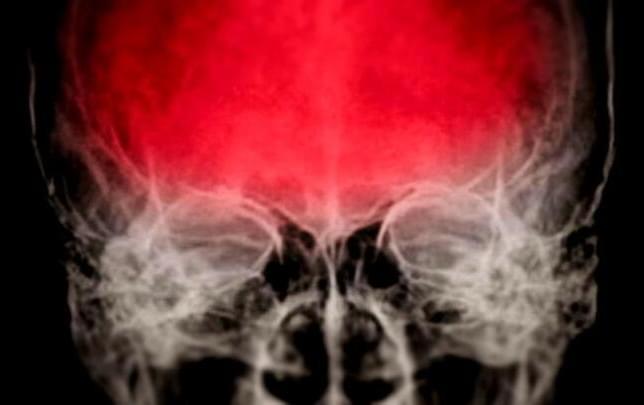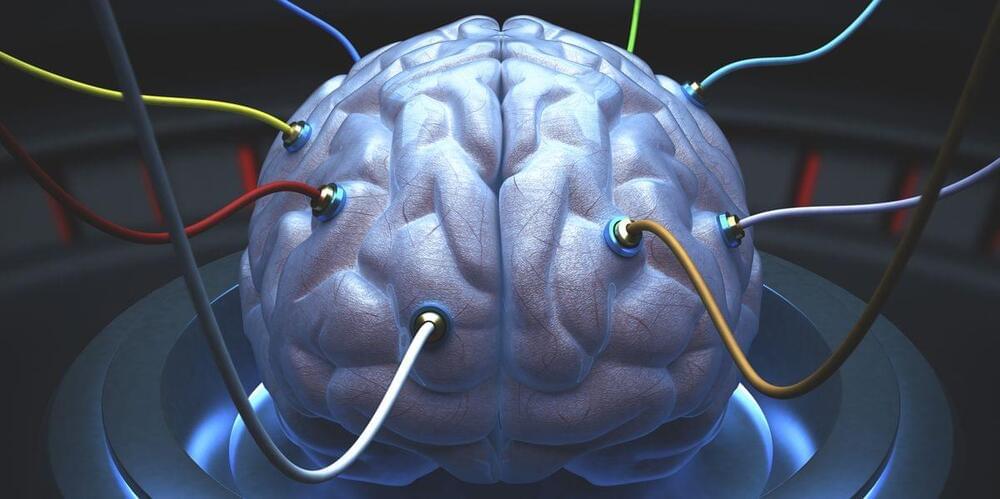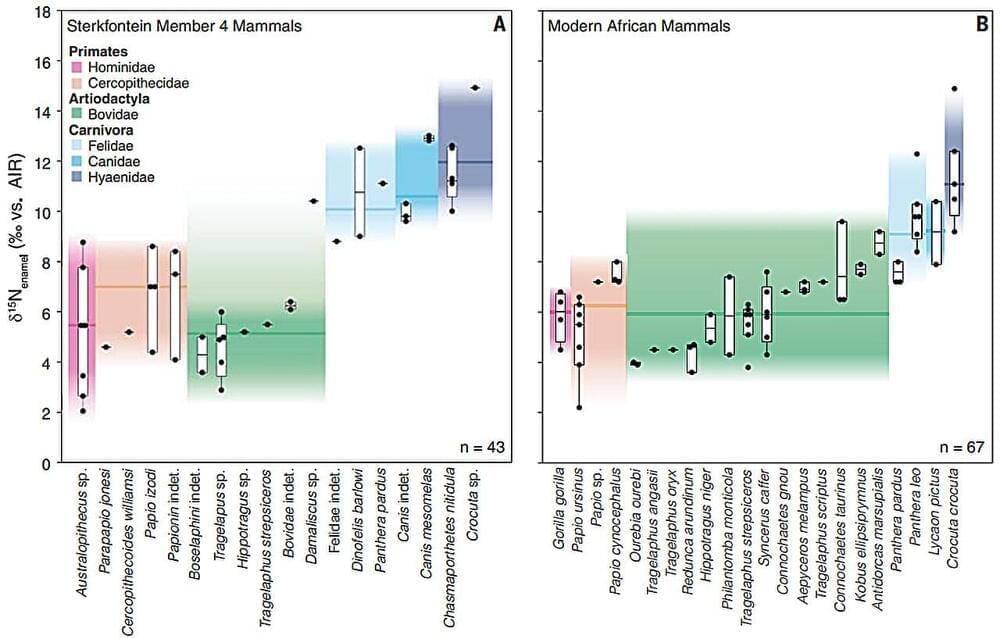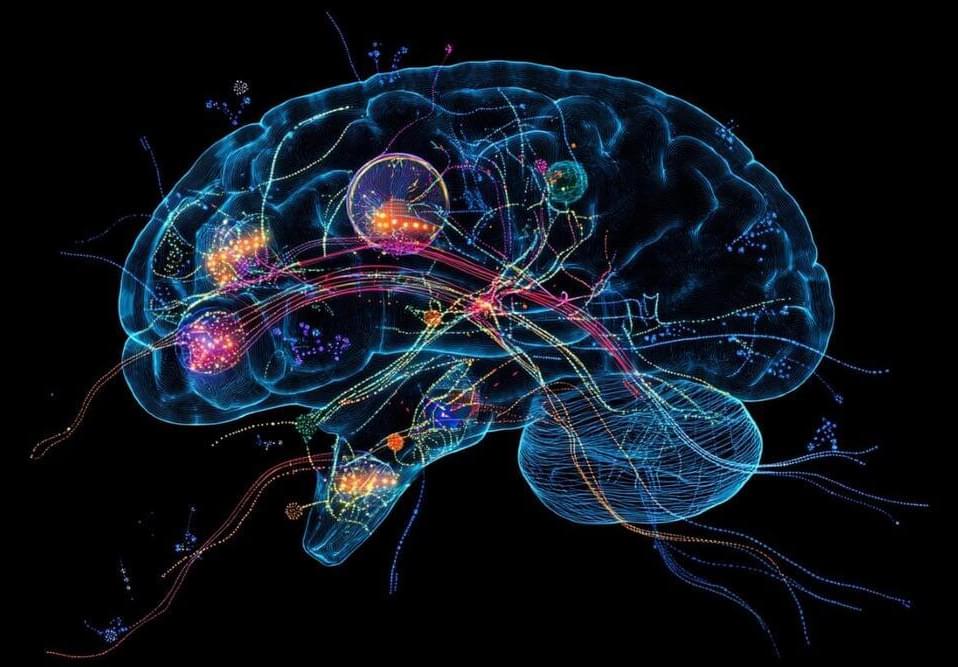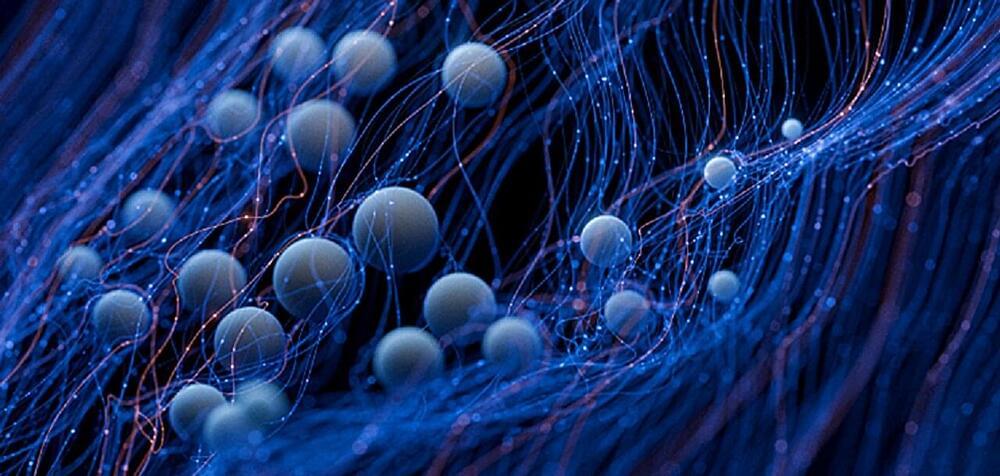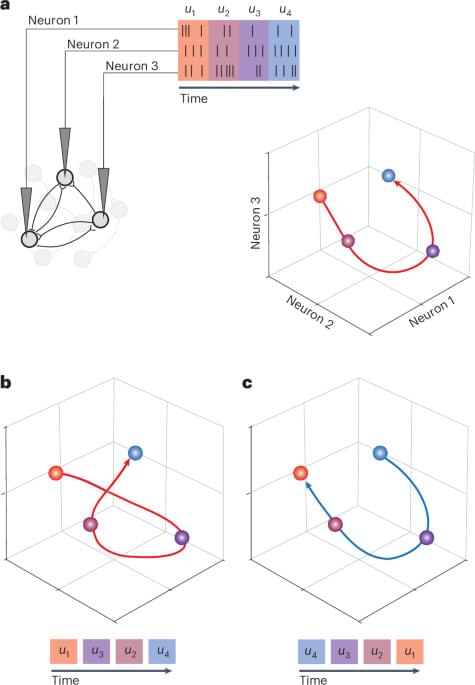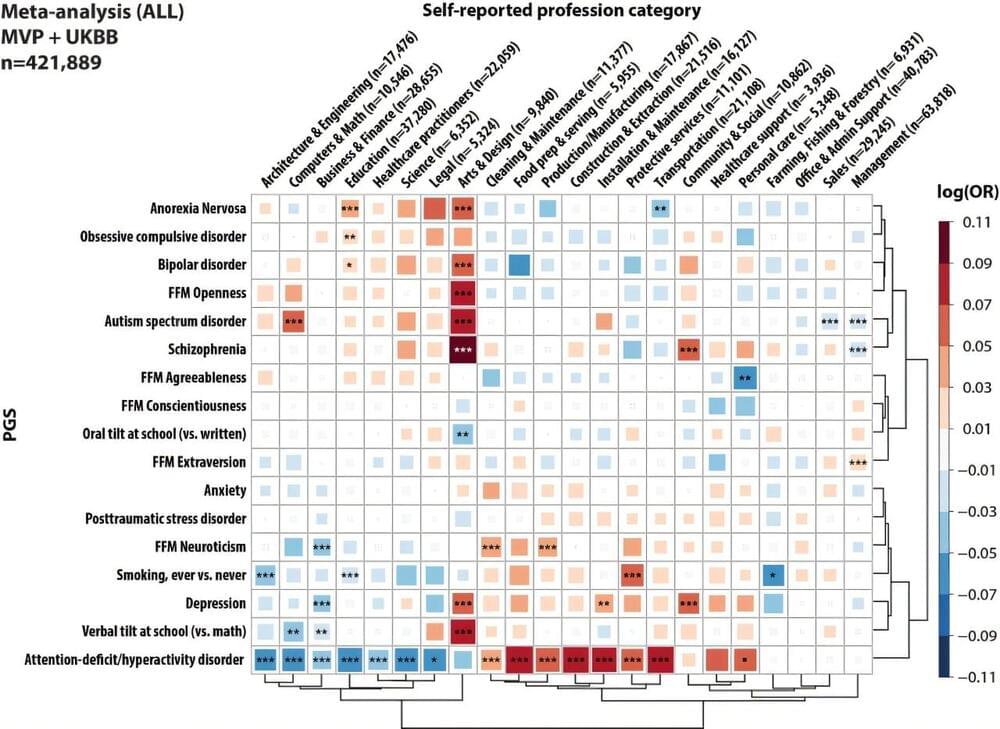A serious knock to the head may also deliver an insidious blow to the human immune system – a one-two punch that could reawaken dormant viruses in the body, potentially contributing to neurodegenerative disease.
A study using stem cell ‘mini brains’ has shown that a herpes simplex virus 1 (HSV-1) infection already ‘arrested’ by the immune system can shake off its shackles when brain tissue is injured.
“We thought, what would happen if we subjected the brain tissue model to a physical disruption, something akin to a concussion?” says biomedical engineer Dana Cairns from Tufts University in the US.
